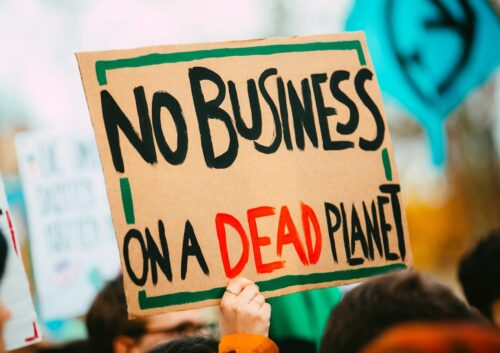
Last month, multiple news outlets reported on the record-smashing year the wind industry had in 2023. The Global Wind Energy Council released its latest report showing the world installed 117 gigawatts of capacity. [emphasis, links added]
The Associated Press called 2023 a “record year for wind installations” and Reuters noted that the U.S. was among the top five markets for wind installations.
The U.S. Energy Information Administration released a report this week showing that installing more wind farms doesn’t necessarily mean generating more electricity.
According to the report, the U.S. tripled its wind energy capacity from 47 gigawatts in 2010 to 147.5 gigawatts at the end of 2023. While that may sound impressive, generation from all those wind farms dropped 2.1% over 2022.
Much of that drop was during the first six months of 2023 when wind generation fell by 14% compared to the same period in 2022.
The capacity factor for the nation’s wind energy fleet, the EIA explained in its report, dropped to an eight-year low of 33.5%.
This is the ratio of the amount of power produced compared to the total it could have produced if it ran continuously.
Fairly common
Renewable energy has an intermittency problem, which is why even though it’s cheap while it’s producing electricity, it’s more expensive than any other form of energy due to all the costs associated with making it reliable.
These extra costs include the costs of battery facilities, baseload backup generators, transmission lines, and overbuilding of capacity.
However, as the drop in wind generation in 2023 shows, even with wind farms spread out across the U.S., it’s still possible that the wind won’t be there to turn the turbines. These wind lulls are called wind droughts.
“Wind droughts can happen at any time and are fairly common. As regions of the country become more reliant upon wind turbines producing electricity during periods of high demand, they become more prone to electricity shortages during these wind droughts,” energy experts Isaac Orr and Mitch Rolling write in an article on their “Energy Bad Boys” Substack.
Orr and Rolling, who are policy fellows for the Center of the American Experiment, produced a report in 2022 showing how a 15-state region experienced a “wind drought” lasting more than three days.
Science Magazine describes wind droughts as “prolonged periods of low wind speeds,” which “pose challenges for electricity systems largely reliant on wind generation.”
The Midcontinent Independent System Operator, an organization tasked with managing the flow of high-voltage electricity across that region, produced less than 10% of its potential 22 gigawatt wind output over 82 hours.
For 42 hours straight within that period, the wind output was only 1.5% of the total. Fortunately, coal and natural gas were available to meet demand.
Energy droughts
A new study by researchers at the Pacific Northwest National Laboratory (PNNL) found that some parts of the country experience energy droughts lasting a week. Energy droughts are when both wind and solar energy fail as a result of windless, cloudy days.
The researchers found that energy droughts can occur in any season across the lower 48 states, and they vary widely in frequency and duration.
California, for example, experienced energy droughts lasting several days, whereas Texas experienced frequent energy droughts lasting a few hours.
The study also discovered that these energy droughts happen at the worst times.
Read rest at Just The News



















These studies show that “free energy” is never free. As this article says, the cost of generating a kilowatt hour of electricity from wind is zero but it ignores so many costs but for me the huge additional cost is what is providing the backup power for those vast amounts of time when wind doesn’t produce enough or even zero electricity.
If those Nitwits from the various Eco-Freak Groups were that concerned they would oppose Wind Turbines and Solar Panels which are Not Environmentally Friendly as we have seen
The birds would certainly appreciate that!